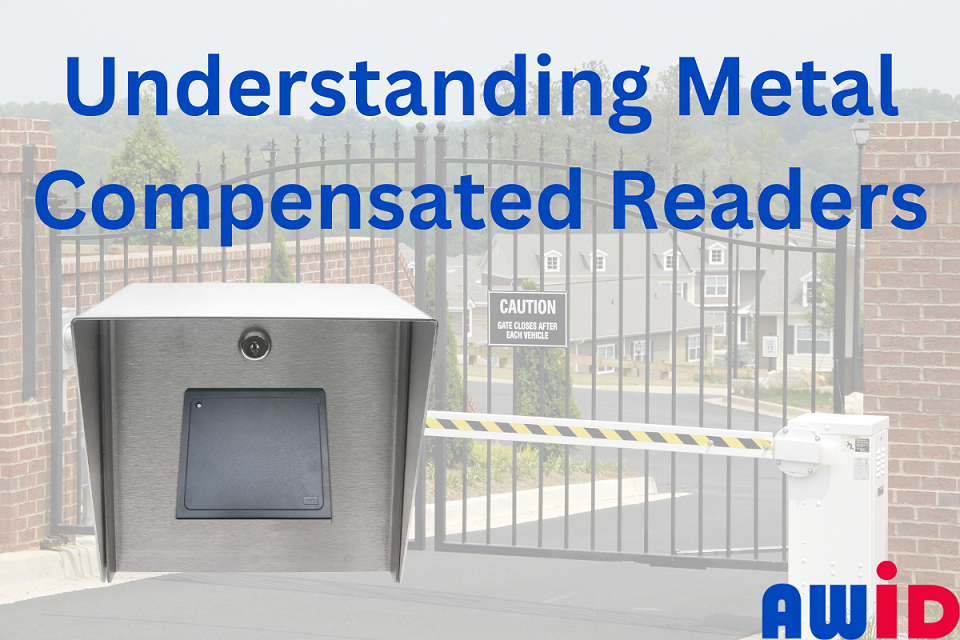What is a Metal Pedestal?
A metal pedestal is a vertical structure made of metal that is commonly used to hold various types of equipment, such as electronic displays, interactive kiosks, or access control systems. These pedestals are often placed in high-traffic areas where they can be easily accessed by users, such as airports, malls, or hospitals.
The metal construction of these pedestals can cause signal interference with traditional RFID readers, making it difficult to read tags accurately. This is where metal compensated readers like the AWID MR-1824-MC come in handy.
Benefits of Using Metal Compensated Readers in Metal Pedestals
- Accurate Tag Reads: Metal compensated readers are specifically designed to work in environments where metal surfaces can cause signal interference. In a metal pedestal, metal compensated readers like the AWID MR-1824-MC can read tags accurately, ensuring that the system is operating efficiently.
- Improved User Experience: When using metal compensated readers in metal pedestals, users will have a better experience since the system will work more effectively. This can improve the overall perception of the equipment and make it more user-friendly.
How Metal Compensated Readers Work in Metal Pedestals
Metal compensated readers, like the AWID MR-1824-MC, use a specialized antenna design that compensates for the metal interference caused by the metal pedestal. The reader is mounted in such a way that the antenna is not directly in contact with the metal surface, reducing the potential for interference.
When a tag is presented to the reader, the antenna sends out a signal that is received by the tag. The tag then responds with its unique identification number, which is then transmitted back to the reader. The metal compensated reader uses a special algorithm to compensate for any metal interference, ensuring that the tag is read accurately.
Conclusion
Metal compensated readers, like the AWID MR-1824-MC, are essential in environments where metal surfaces can cause signal interference with traditional RFID readers. When used in a metal pedestal, metal compensated readers provide accurate tag reads, improved user experience, and efficient equipment monitoring. By utilizing metal compensated readers in metal pedestals, businesses can improve the efficiency and effectiveness of their equipment, leading to improved productivity and reduced maintenance costs.


